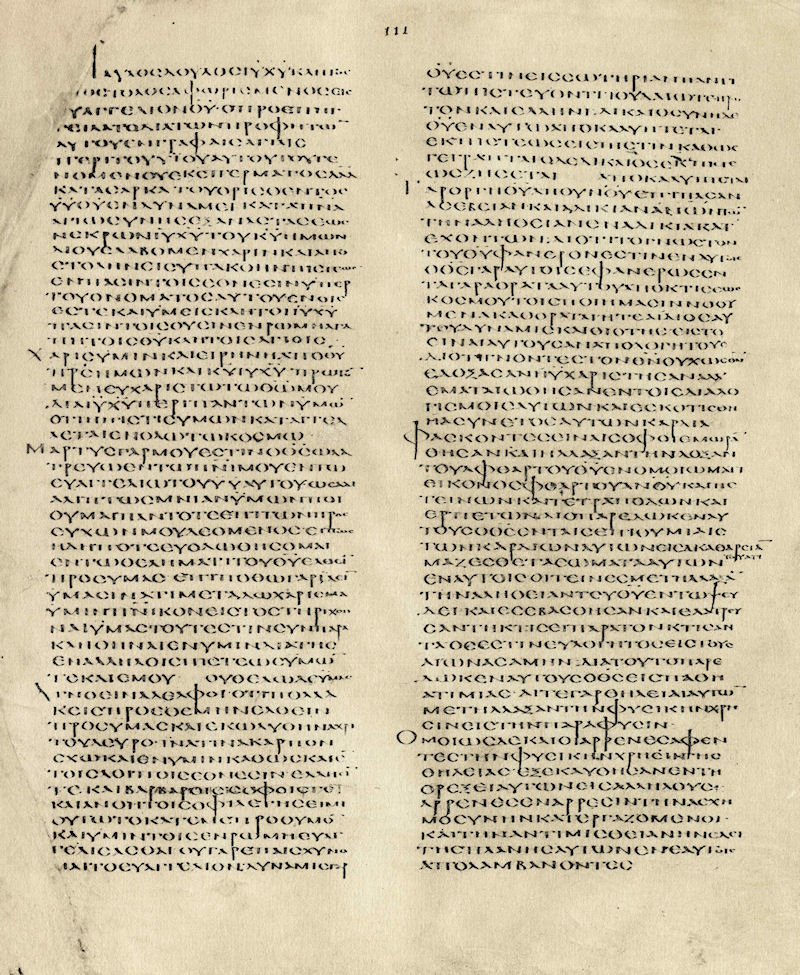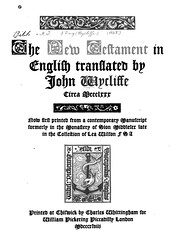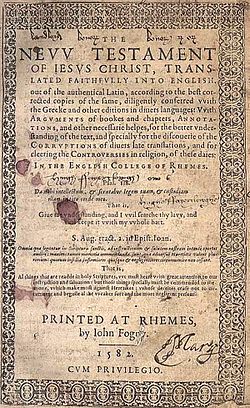
 Codex Alexandrinus (facsimile)
by
Codex Alexandrinus (facsimile)
by
The Bibles you will view from the Rare Book Collection:
 Codex Sinaiticus (facsimile)
Codex Sinaiticus (facsimile)
 Rockefeller McCormick New Testament (facsimile)
by
Rockefeller McCormick New Testament (facsimile)
by
 Gutenberg Bible (facsimile)
Gutenberg Bible (facsimile)
 Erasmus Greek New Testament
by
Erasmus Greek New Testament
by
 New Testament (facsimile)
by
New Testament (facsimile)
by
 Tyndale New Testament (facsmile)
Tyndale New Testament (facsmile)
 Stephanus Greek NT, 1549
Stephanus Greek NT, 1549
 Stephanus Greek NT – Geneva, 1551
Stephanus Greek NT – Geneva, 1551
 Geneva Bible
Geneva Bible
 Stephanus Greek NT, 1568.
Stephanus Greek NT, 1568.
 Rhemes (Rheims) New Testament
Rhemes (Rheims) New Testament
 First Greek New Testament printed in America.
by
First Greek New Testament printed in America.
by